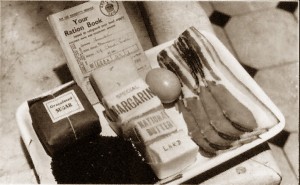By December of 1940, store shelves were getting bare. Most shops had run out of items such as tinned (canned) salmon, meat, and fruit. But the Ministry of Food had a plan: Ration points. On December 1, 1941 (a week before the US enters the war due to the bombing of Pearl Harbor), if you had a ration book, you would receive sixteen points per month to spend on any food items you liked (and were available).
The first items up for grabs with ration points were canned items: fish, meat, vegetables, and fruit. Soon other items were added as they became more scarce, such as condensed milk, cereals, crackers, cookies, and sweets. There was a catch. The prices in “points” varied depending on the availability of the items. The Ministry of Food had been stockpiling items months before so the program would have an initial success and the stores would have full shelves.
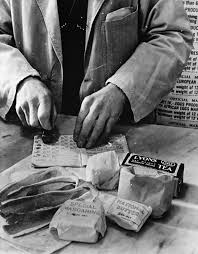
Grocers had a lot of tinned items to sell with points when the program began. There were two major drawbacks to the plan: 1) as certain foods became popular, the price in points would increase. What was 8 points one month, might be 12 or 16 the next month. The newspapers listed items for sale in the shops and their points value. 2) There were long lines. One would have never left the house without your ration book and coupons! My grandmother said to me about shopping during the war, “If you saw a line you got in it.” You usually then found out what you were in line for when you got closer to the counter. A positive note in wartime was instead of just getting your monthly rationed items, you could actually feel like a shopper again. SPAM© became very popular in the UK. The American brand of processed and spiced ham was made available through the Lend-Lease Act, and became a wartime staple on many British tables. In wartime Britain, a 10-oz (284-gram) tin of SPAM cost 1 shilling and sixpence (about 20 cents), and sixteen points.
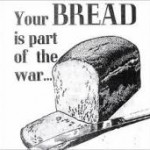
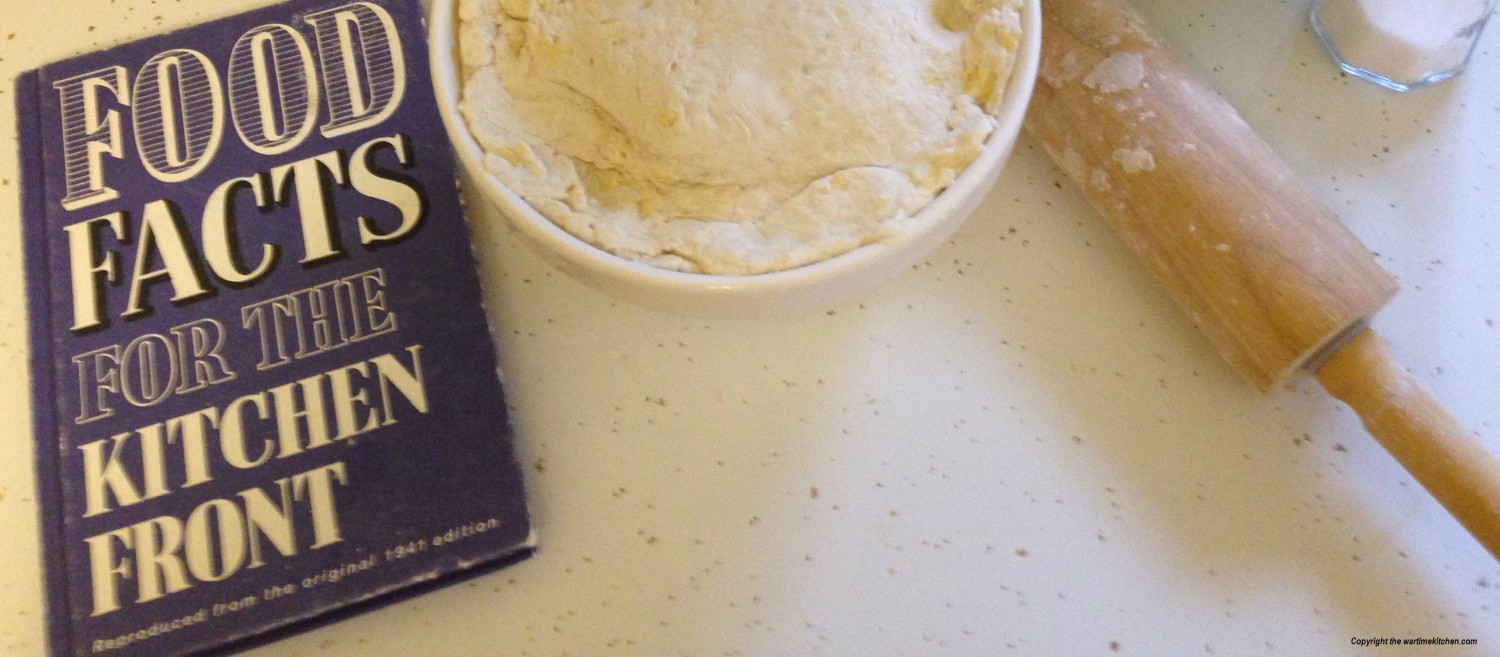


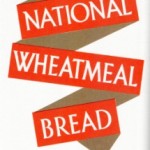
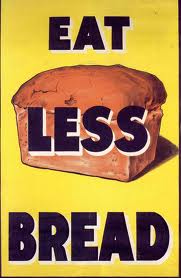
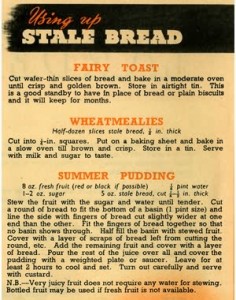
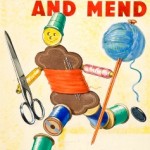
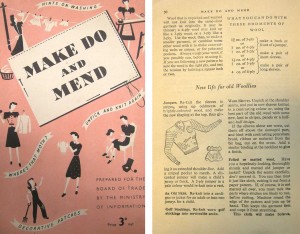
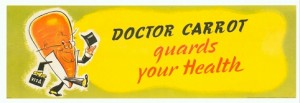
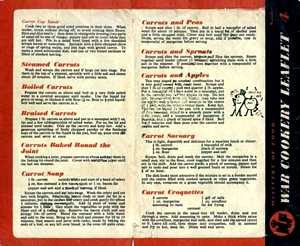
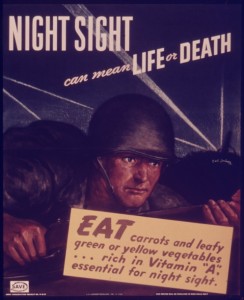

 Lord Woolton, Minister of Food
Lord Woolton, Minister of Food